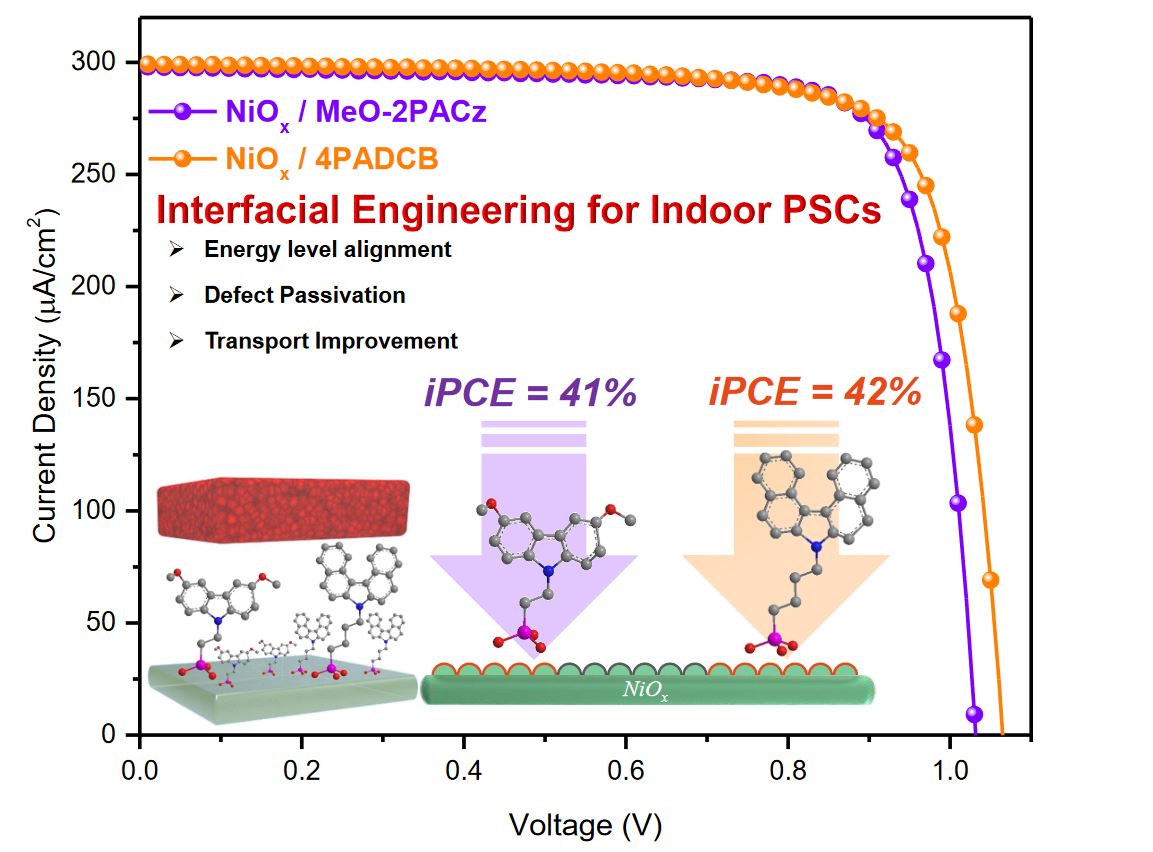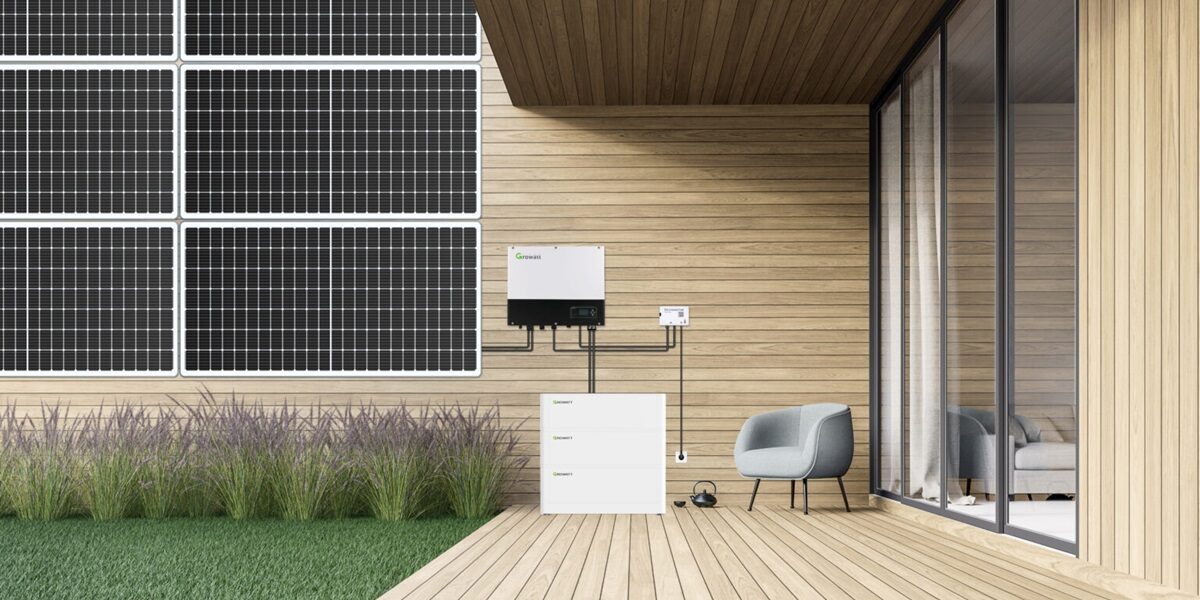Recent advances in developing perovskite solar cells for indoor applications have resulted in indoor power conversion efficiency above 40%, driven by improvements in both bulk and interfacial defect passivation, according to a research team led by Taiwan's Ming Chi University of Technology.
With this in mind, the group sought to further optimize this cell technology through the use of self-assembled monolayers (SAMs), which reportedly improve perovskite growth and optoelectronic properties. The research's lead author, Chih-Ping Chen, told pv magazine that the cell achieved 42% indoor power conversion efficiency under 3,000 K LED illumination at 1,000 lux.
“This breakthrough highlights the potential of our approach to further advance indoor perovskite solar cell (PSC) technologies, expanding their applicability in low-light environments,” said Chen. “We specifically focused on the passivation effects of four widely used SAMs for nickel(II) oxide (NiOx) modification in inverted perovskite solar cells, with MeO-2PACz and 4PADCB emerging as particularly effective in modifying the hole-selective layer (HSL), optimizing surface properties, and enhancing energy level alignment.”
The research team investigated, in particular, the effect of four SAMs with varying linker lengths and terminal functional groups on critical NiOx/perovskite interface films, which they deposited via spin-coating. The SAMs applied were 2PACz, MeO-2PACz, 4PADCB, and Me-4PACz.
The researchers analyzed the performance of the perovskite cells made with SAM-modified NiOx layers and wide-bandgap perovskite layers based on Cs0.18FA0.82Pb(I0.8Br0.2)3, finding that they achieved an “impressive performance” exceeding 20% power conversion efficiencies under simulated sunlight at an intensity of AM 1.5 G 100 mW/cm2.
They also found that the best-performing MeO-2PACz and 4PADCB devices had an efficiency of 20.19% and 20.18%, respectively. This contrasts with the best-performing reference cell which had a 14.98% efficiency. They also noted improved open circuit voltage and fill factor values for the target devices.
The target devices had a “notable improvement” compared to the control device, which the researchers attributed to reduced non-radiative recombination and better carrier movement, suggesting a reduction in defect density at the HSL/perovskite interface.
The cells were made with a substrate made of indium tin oxide (ITO), the NiOx film, SAMs, a perovskite absorber, an electron transport layer based on phenyl-C61-butyric acid methyl ester (PCBM), a bathocuproine (BCP) buffer layer, and a silver (Ag) metal contact.
“Our strategy not only significantly enhances fill factor values but also paves the way for NiOx-based PSCs of indoor light-harvesting applications,” concluded the researchers.
The novel cell architecture was described in “Achieving over 42 % indoor efficiency in wide-bandgap perovskite solar cells through optimized interfacial passivation and carrier transport,” which was recently published in Chemical Engineering Journal.
This content is protected by copyright and may not be reused. If you want to cooperate with us and would like to reuse some of our content, please contact: editors@pv-magazine.com.



1 comment
By submitting this form you agree to pv magazine using your data for the purposes of publishing your comment.
Your personal data will only be disclosed or otherwise transmitted to third parties for the purposes of spam filtering or if this is necessary for technical maintenance of the website. Any other transfer to third parties will not take place unless this is justified on the basis of applicable data protection regulations or if pv magazine is legally obliged to do so.
You may revoke this consent at any time with effect for the future, in which case your personal data will be deleted immediately. Otherwise, your data will be deleted if pv magazine has processed your request or the purpose of data storage is fulfilled.
Further information on data privacy can be found in our Data Protection Policy.